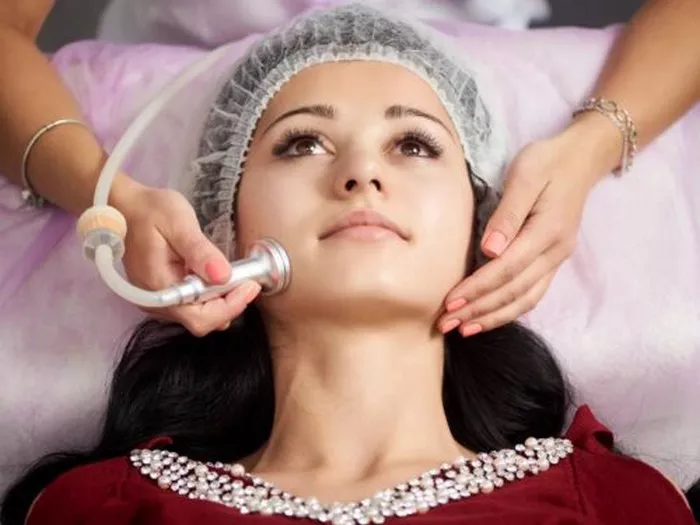Acne is a common skin condition that affects millions of people worldwide. While there are many treatments available for acne, microdermabrasion is gaining popularity as a safe and effective option. In this article, we will explore what microdermabrasion for acne is, how it works, and its benefits.
What is Microdermabrasion for Acne?
Microdermabrasion for acne is a cosmetic treatment that uses a special machine to exfoliate the top layer of the skin, removing dead skin cells and impurities. This non-invasive procedure can help to reduce the appearance of acne scars, unclog pores, and improve the overall texture and tone of the skin.
How Does Microdermabrasion for Acne Work?
Microdermabrasion for acne works by using a special machine that sprays a stream of tiny crystals onto the skin, while at the same time suctioning up the dead skin cells and impurities. This exfoliating action helps to unclog pores and stimulate collagen production, which can help to reduce the appearance of acne scars and improve the overall texture and tone of the skin.
Benefits of Microdermabrasion for Acne
Microdermabrasion for acne offers a range of benefits for the skin, including:
Reduced Acne Scars: Microdermabrasion can help to reduce the appearance of acne scars by removing the top layer of the skin and stimulating collagen production.
Unclogged Pores: The exfoliating action of microdermabrasion can help to unclog pores, reducing the risk of future breakouts.
Improved Skin Texture: Microdermabrasion can help to improve the overall texture of the skin, leaving it smoother and softer.
Reduced Hyperpigmentation: Microdermabrasion can help to reduce the appearance of hyperpigmentation, including acne scars and age spots.
Increased Absorption of Skincare Products: Microdermabrasion can help to increase the absorption of skincare products, allowing them to penetrate deeper into the skin for better results.
The Microdermabrasion for Acne Process
Microdermabrasion for acne is a non-invasive and painless procedure that typically takes around 30 minutes to complete. Here’s what you can expect during the process:
Cleansing: The esthetician will start by cleansing your skin to remove any makeup, dirt, or oil.
Exfoliation: The esthetician will then use the microdermabrasion machine to spray a stream of tiny crystals onto your skin, while at the same time suctioning up the dead skin cells and impurities.
Infusion: After the exfoliation, the esthetician may apply a serum or other skincare product to the skin to help soothe and nourish it.
Moisturizer: Finally, the esthetician will apply a moisturizer to lock in the hydration and protect the skin.
Microdermabrasion for Acne Aftercare
After your microdermabrasion for acne treatment, it’s important to take care of your skin to ensure the best results. Here are some tips for aftercare:
Avoid Sun Exposure: It’s important to avoid sun exposure for at least 24 hours after your microdermabrasion for acne treatment, as your skin will be more sensitive to the sun.
Moisturize: Use a gentle, hydrating moisturizer to keep your skin hydrated and protected.
Avoid Harsh Products: Avoid using harsh products, such as exfoliants or retinoids, for at least 48 hours after your treatment.
Drink Plenty of Water: Drinking plenty of water will help to keep your skin hydrated from the inside out.
Follow Up: For best results, it’s recommended to have microdermabrasion for acne every 4-6 weeks.
Conclusion
Microdermabrasion for acne is a safe and effective cosmetic treatment that can help to reduce the appearance of acne scars, unclog pores, and improve the overall texture and tone of the skin. If you’re interested in microdermabrasion for acne, be sure to consult with a licensed esthetician to determine if it’s right for you. With proper aftercare and regular treatments, you can achieve clearer, smoother, and healthier-looking skin.


